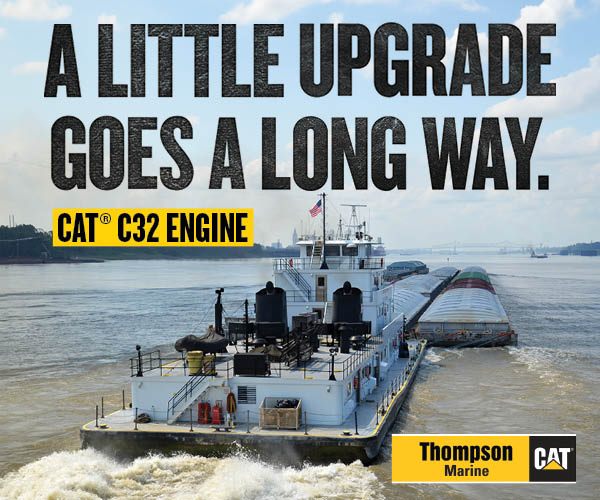EO Puts Maritime Strength Front And Center
Many within the maritime community are welcoming President Donald Trump’s executive order prioritizing maritime revitalization, released April 9. Over the days and weeks that follow, maritime interests will study the executive order closely, as it covers a lot of ground.
Among other things, the order directs the Department of Transportation and Office of Management and Budget to propose a Maritime Security Trust Fund for U.S. shipping, funded by tariffs, fines, fees or other dedicated revenue streams.
It directs the Department of Transportation to write a legislative proposal for a Shipbuilding Financial Incentives Program, which would supplement or replace the Small Shipyard Grant Program and the Federal Ship Financing (Title XI) Program. This could well have implications for inland shipyards, depending on the law that results.
It also directs the departments of Defense, Transportation (MARAD) and Homeland Security (Coast Guard) to identify maritime regulations for elimination. In Trump’s first term, he ordered three outdated or burdensome regulations to be retired for every new one passed. This time around, it’s 10 for 1. Rear Admiral Wayne Arguin, speaking at the Greater New Orleans Barge Fleeting Association’s River Industry Seminary in New Orleans, referred to this requirement when he spoke on new regulations the Coast Guard is developing for autonomous vessels.
In line with this desire to speed up shipbuilding, the order also aims to “identify for elimination excessive requirements, including the number of government reviews and onerous regulations.”
Many parts of this EO are targeted toward the blue-water sector, although the inland sector may benefit from many of these measures. Many speak of the nation’s dwindling shipyard capacity, but we who work and live along the inland waterways and the Gulf Coast can tell a different story. New construction and major overhauls of towboats, barges and dredges have kept our inland and coastal shipyards busy. In turn, that sustains a supply chain and shipyard workforce that will give government and ocean shipping companies more options for their efforts to jumpstart shipbuilding.
The strength of our inland waterways is once again serving the nation in this time of need.



